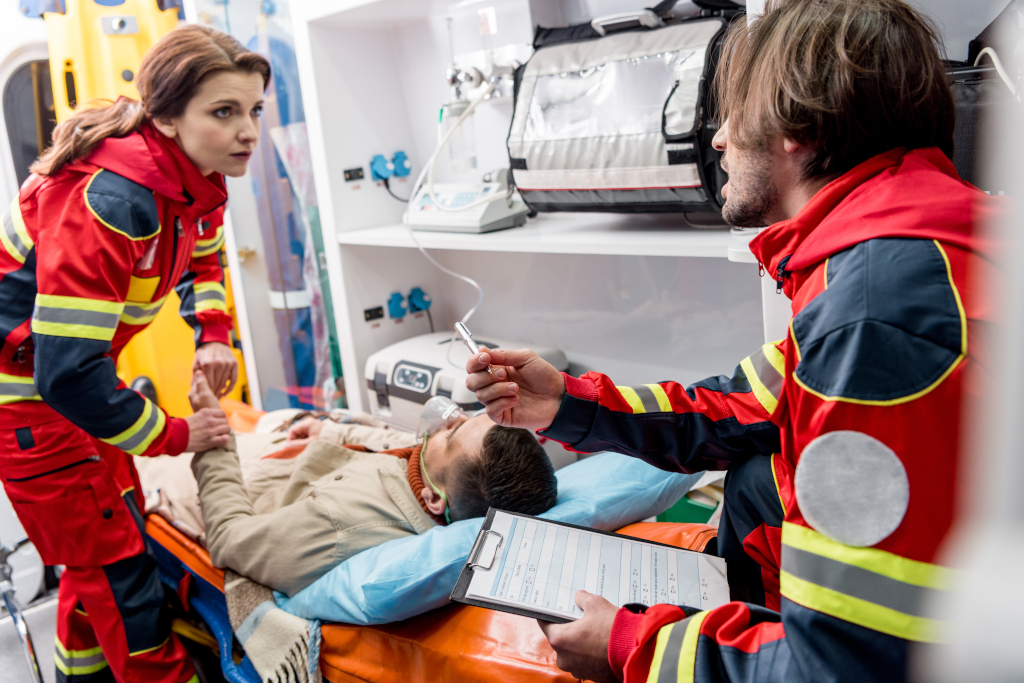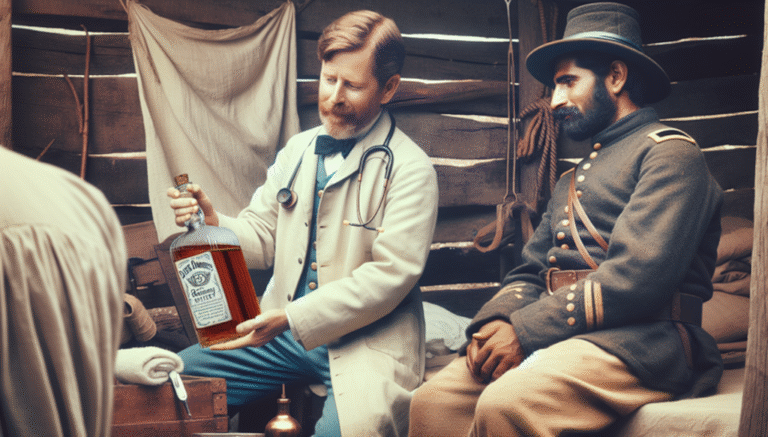Imagine standing in a hospital hallway at 2:14 a.m., blood pressure dropping, oxygen plummeting. A respiratory failure patient — a 52-year-old man who collapsed at home — lies on a stretcher, barely conscious. His abdomen is rigid, his pulse weak. There’s no time to wait.
Within minutes, he’s being wheeled into an OR under blinding lights, surrounded by a team that’s already prepping instruments, verifying allergies, and checking vitals. That’s emergency surgery in action — fast, high-stakes, and terrifyingly efficient.
What makes emergency surgery different?
Emergency surgery isn’t planned. It doesn’t wait for insurance approval or office hours. It’s not about neat schedules — it’s about survival. These operations are triggered by conditions that, if left untreated, can kill or cause permanent damage within hours or even minutes. We’re talking:
- Crushed organs from car crashes
- Ruptured aneurysms bleeding into the abdomen
- A blocked bowel that could perforate at any moment
- Complications of a heart attack spiraling into cardiac arrest
Each is a ticking time bomb. However, the real story begins long before the surgery even starts.
The four fast-moving stages of emergency surgery
Behind every successful save, there’s a system — and a team — moving at warp speed. Emergency surgery unfolds in four rapid-fire stages:
1. Instant resuscitation and stabilization
First, doctors fight to stabilize the patient. IV fluids, blood transfusions, oxygen, heart monitors — everything needed to keep the body alive long enough to cut. One study published on BioMed Central in 2025 found that patients who received protocol-driven stabilization before emergency surgery had up to 40% better outcomes than those treated ad hoc.
2. Rapid-fire diagnosis
Next comes the detective work. CT scans, ultrasounds, and expert judgment determine whether surgery is needed and how urgently. Radiologists, trauma surgeons, and emergency physicians weigh in — often within minutes.
One misstep can mean the difference between life and death. A study from 2016 shows that 28% of deaths occurred within five hours of hospital admission — underscoring how critical quick decisions are.
3. Go-time: the operation
If the call is made — “We’re going in” — it usually happens fast. No fasting, no pre-op classes, no gentle countdown. The room is prepped, the team dons gowns and gloves, and within an hour (often less), the incision is made. These can range from exploratory laparotomies to stop internal bleeding to emergency craniotomies.
4. High-stakes recovery
After surgery, most patients head straight to intensive care. Here, machines (and humans) help them recover — watching every heartbeat, preventing infection, managing pain, and starting rehab.
Not your standard 9 to 5
Hospitals don’t clock out. Emergency departments are always on. So are surgical teams. According to a 2023 study in PubMed Central, hospitals that maintain “always-on” operating room access have 22% lower emergency surgery mortality rates than those that reschedule urgent cases until morning.
That’s why top-tier hospitals have dedicated teams that specialize in emergency procedures — trauma surgeons, vascular specialists, anesthesiologists, ICU nurses — all trained to work at crisis speed.
But wait — why is emergency surgery so risky?
Compared to elective procedures, emergency surgeries carry higher risks. A 2015 international study following over 10,000 emergency surgeries found a 30-day mortality rate of 3.7%. That jumps even higher for patients over 65 or with comorbidities like diabetes or kidney disease.
The chaos, the limited prep time, the fragile condition of patients — emergency surgery runs on edge. And yet, when it works, it keeps people alive who would otherwise have no chance.
The bottom line
Emergency surgery is medicine in its rawest, most intense form — a dance between death and survival. It’s built on speed, teamwork, and protocols honed over decades of battlefield trauma, ER nights, and gut-wrenching decisions.
The next time you hear the words “code OR now,” know this: There’s a whole system springing to life behind that call — one designed to save a life when seconds matter most.




Leave a Comment